We Didn’t Dream Our Future, We Built It
Whether it was repairing farm machinery, fabricating our first steel ring, or helping our hometown enjoy one of the first lighted townball baseball fields — we’ve always accepted challenges; relied on ingenuity to guide us; and our determination to help us grow.
1930s
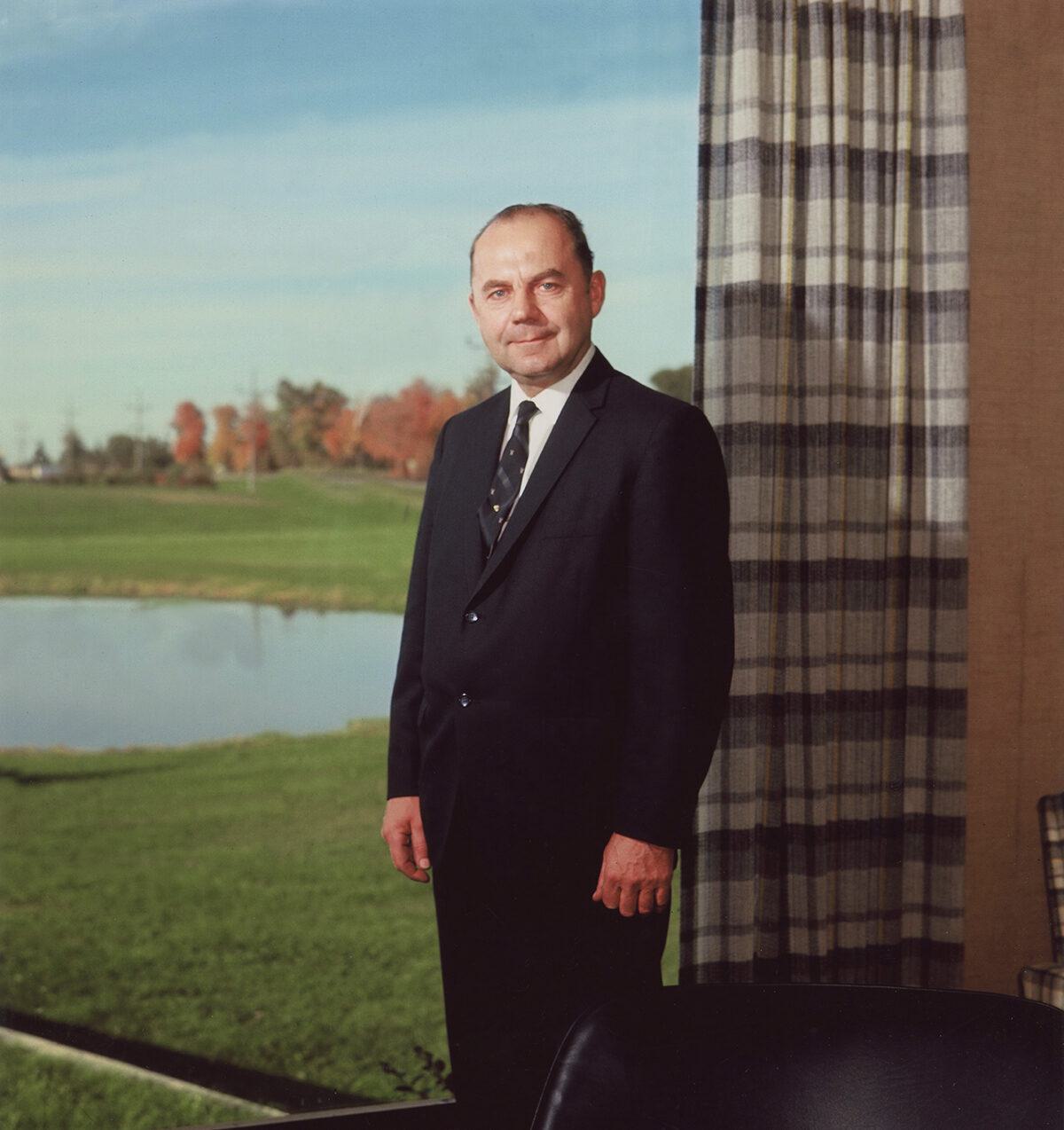
1933: Paul and Carl Millerbernd open shop in Winsted, MN
At the age of 20, Paul went into business with his brother Carl. They worked on their father’s farm in a shed doing automobiles and farm machinery repair. After a few years, they felt they would get more business if they were in town. In 1933, with a $500 loan from their Uncle Ben, they opened a small shop in Winsted. Welding was their key trade. From farm machinery and automobiles, to storage tanks and water pipe thawing, business was thriving.
1937: Paul and Carl Millerbernd build new shop on Main St. in Winsted
It was built at 231 West Main Street in Winsted, and it is presently referred to as Plant 1. The original building was approximately 50 ft. x 50 ft. Here the Millerbernd Bros. continued to make tanks, snowplows, trailers, and many welding repairs. They also sold farm machinery for CASE, fabricated stainless steel tanks for Pure Milk Products, cooker crates for Minnesota Valley Canning Co. (later named Green Giant Canning Co.), corn stalk shredders, and wagon loaders.
1940s
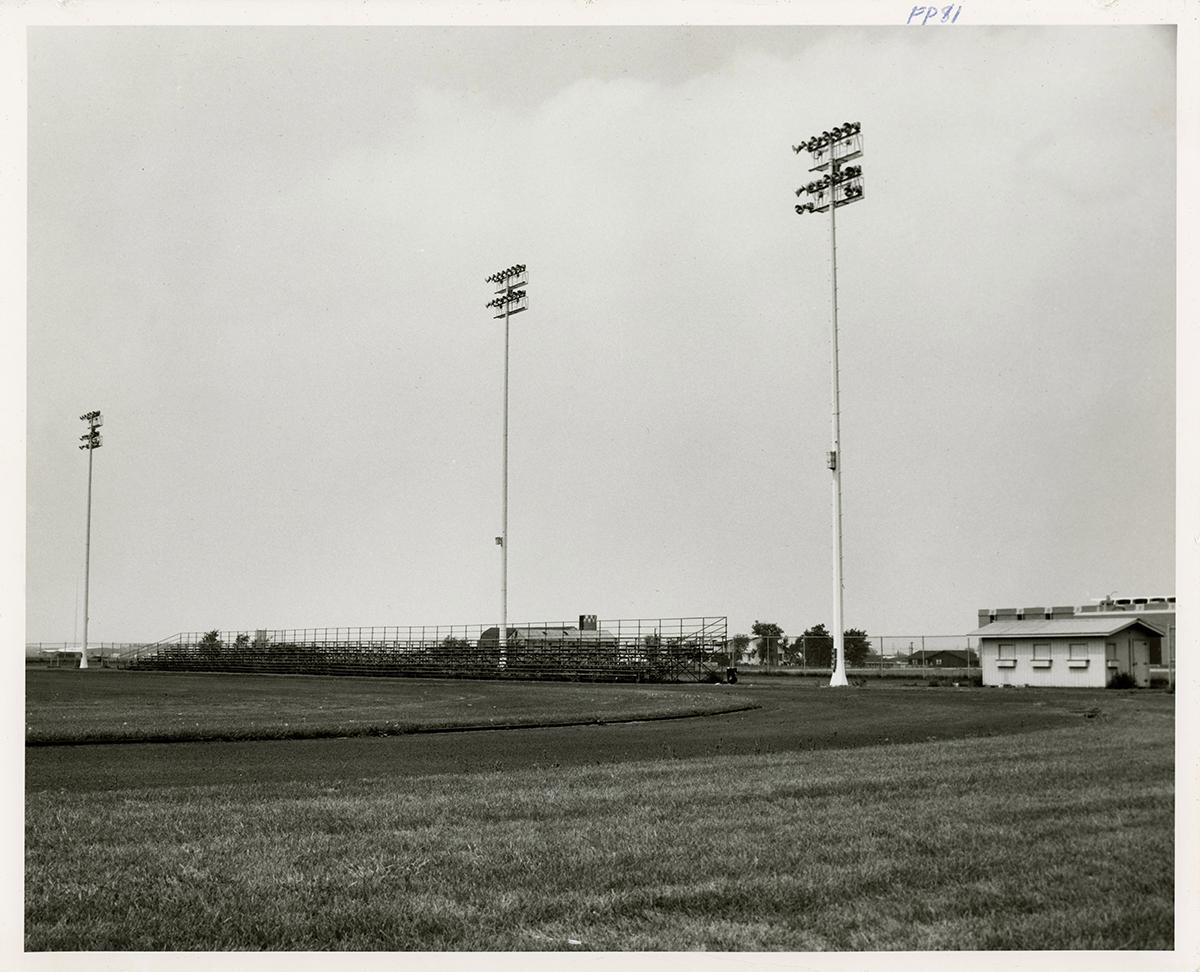
1941-1945: World War II
A few years later in 1941, because of war priorities, materials and jobs were difficult to obtain and there was not enough work for Paul and Carl at the shop. Paul managed to find work in Minneapolis for Grayco Co. while Carl managed the shop. After working in Minneapolis for a few months, Paul was introduced to the Onan Company. Onan was making electrical generators for the war effort and was very busy. The company was buying steel rings for generators and asked Paul if he thought he could manufacture the rings in their Winsted shop. Excited about this new challenge, Paul took the print back to Winsted where he and Carl spent most of the night making a simple ring. The sample was submitted to Onan for approval the next day. Onan came back with an order for 50 more rings. This was the start of a new product for Carl and Paul, and the orders continued to roll in. Between 1941 and 1945, the Millerbernd Bros. built thousands of rings for Onan, Kohler Company, Kato Engineering, Jacobs Wind Electric, Wincharger, and more. The small company grew to 20 employees, four of whom were women.
1946: Post World War II
Despite the war, business began to pick up. But when the war ended, so did the orders. Carl and Paul had to lay off all of their employees and didn’t have enough work for themselves. It was at this time Carl decided to buy into a concrete block plant, so he sold his shares to his brother Paul. Paul continued to build a few tanks and some farm machinery, but generally things were slow in the repair and welding business. One of the unusual orders was a request by the Holy Trinity pastor to fabricate a new cross for the local church. Paul delivered a stainless steel cross, which is still in service today.
1947-1949: Late 40s
Fortunately, more unique orders began to flow in. Local sports enthusiasts wanted a lighted baseball field and approached Paul about building lighting towers for the Winsted Baseball field. Paul took the job, and Winsted was one of the first towns to have a lighted baseball field. It wasn’t long before other towns wanted towers too. It was the beginning of a new product for Millerbernd Manufacturing Company; steel lighting structures. Enthused by this new product, Paul worked hard at promoting his company’s new capabilities. He hired a salesman and decided to dabble in advertising. People were hired and road crews were organized to go out and erect the new towers. In order to keep costs down, people from the town buying the towers would help in the assembly and erection. In the years to follow, Millerbernd fabricated and erected hundreds of baseball field towers, with many still in service.
1949: Introduction of Light Poles
1950s
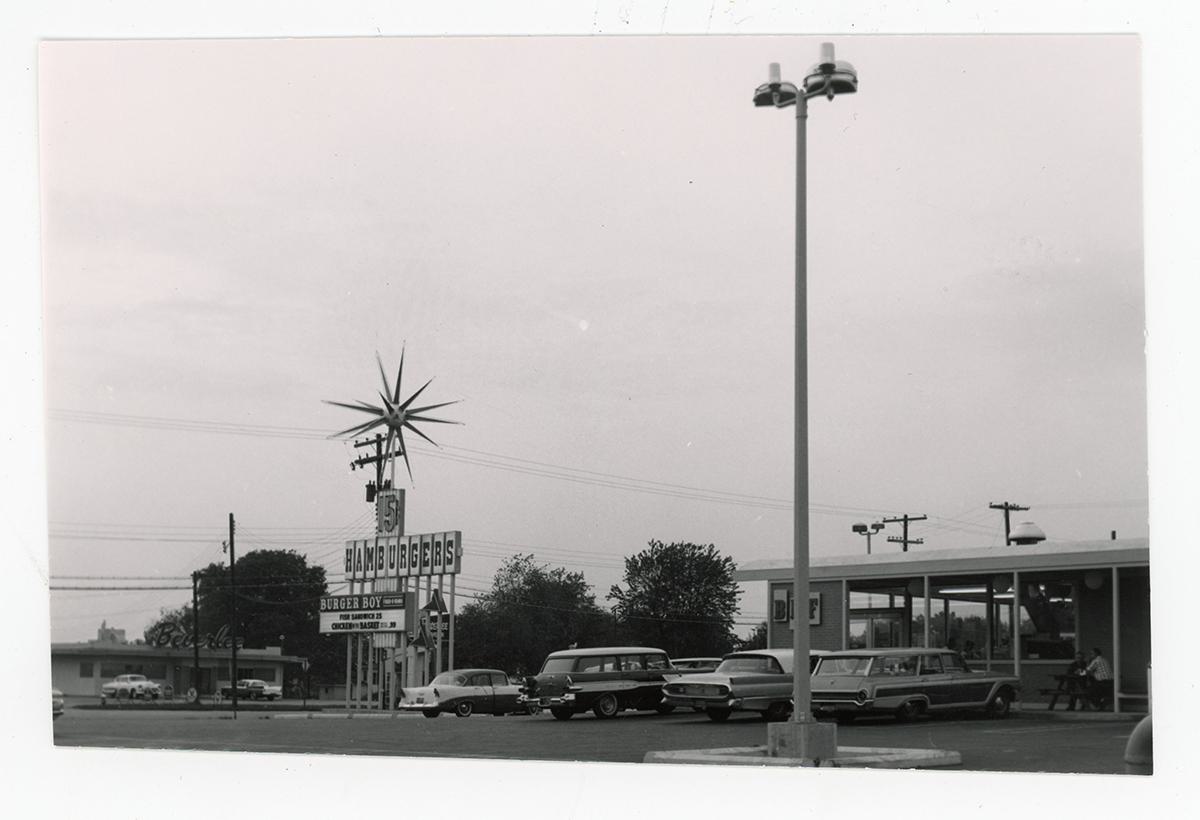
1958: Light Pole Expansion
As business continued at a steady pace, in 1958, Paul expanded the lighting pole business. He bought land southwest of Winsted and ordered a set of tandem 2000-ton Verson press brakes with a total length of 52 feet. The large press arrived by railroad in pieces and weighed over 500,000 pounds. After the machine was assembled, a building was built around it and a pole plant was laid out. At the time, this press was considered to be the largest in the country. Millerbernd could form a variety of poles, shafts, and tapers with this new press, and now shafts could be made in one piece instead of two halves. The new press would also have the capability of forming thick plates in long lengths. This meant large poles could be made and used to take the place of the many piece lattice towers. Most of the equipment needed for the rest of pole fabrication could not be purchased, so Millerbernd had to design their own.
1960s
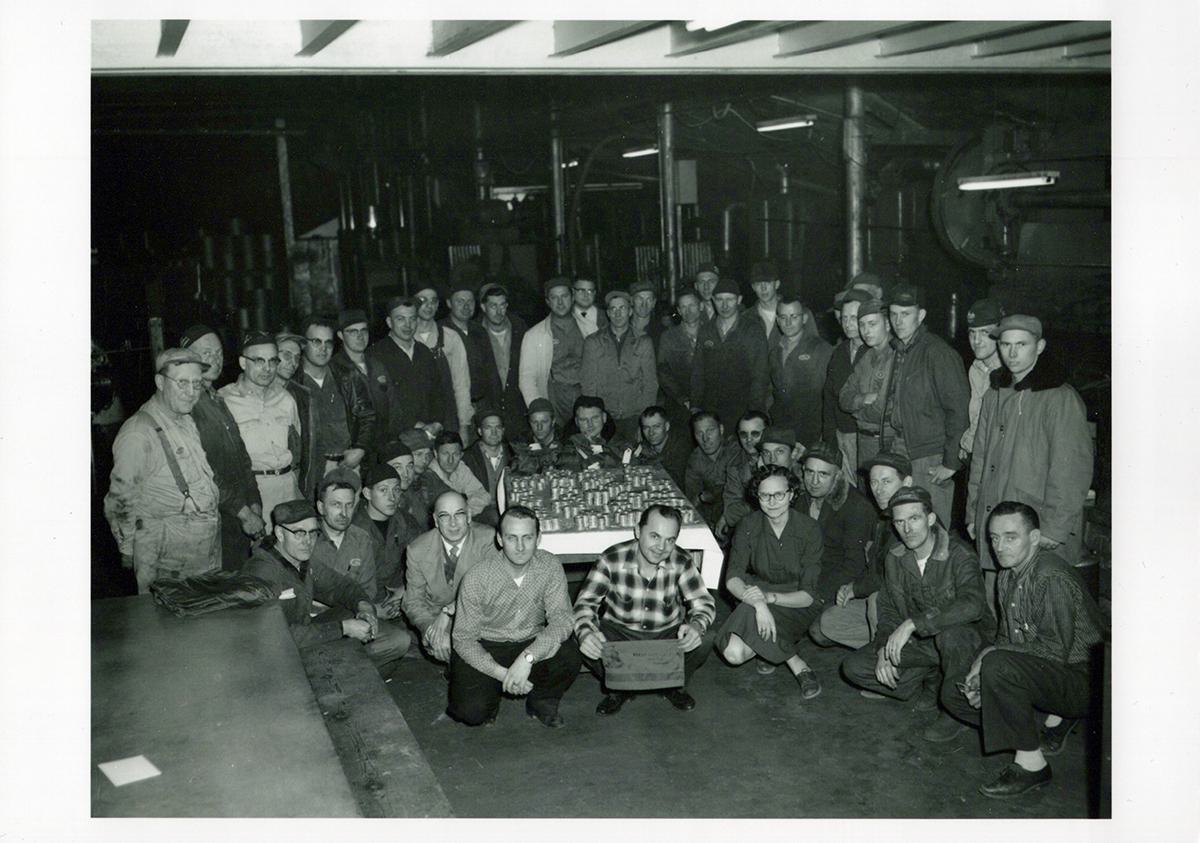
1969: Introduction of High Rise Lighting
In 1969, High Rise Lighting was introduced in highway lighting. One of the first installations in the country was installed on Interstate Highway 90 in Worthington, MN. Millerbernd received an Engineering Excellence Award from the Minnesota Society of Professional Engineers for the lighting design. The purpose of High Rise Lighting is to cut down on the number of poles along the highway, provide more even ground-level lighting, and get the pole further off the highway to minimize accidents.
1970s
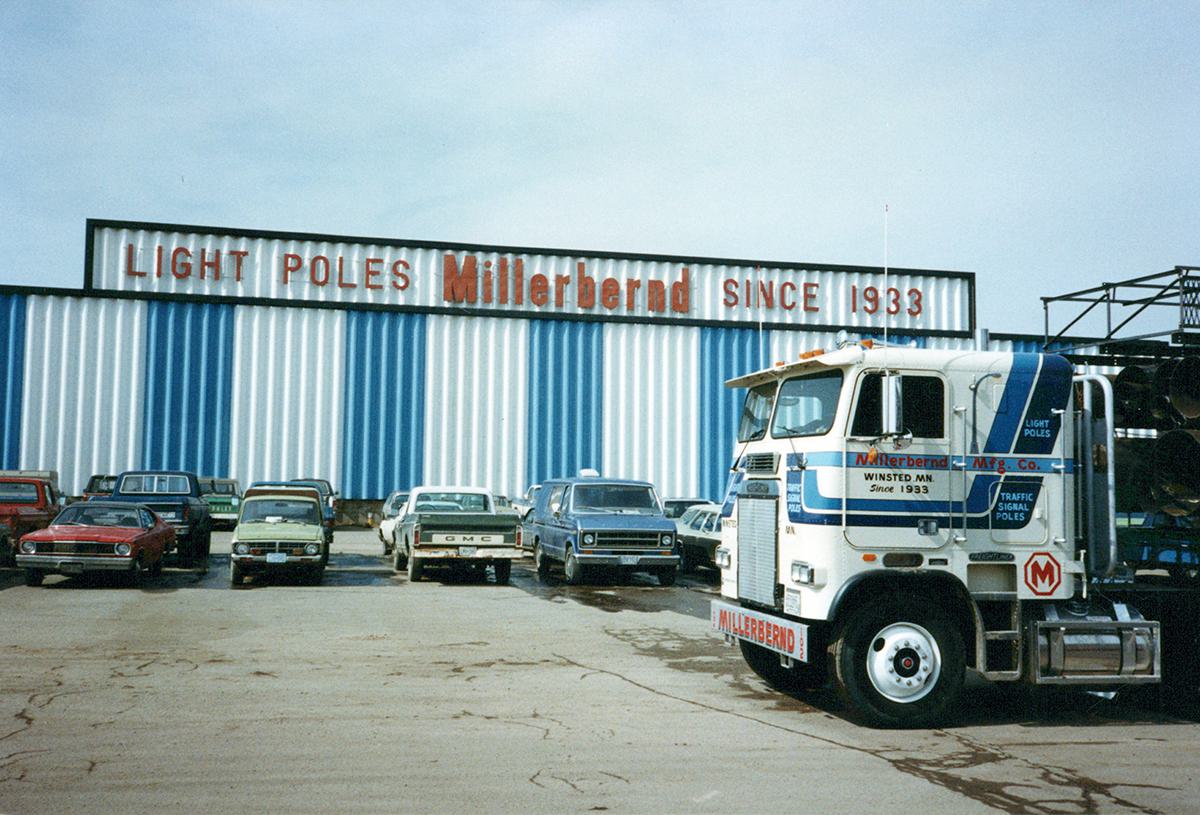
Early 1970s: Expanded Capabilities, Continued Growth
Millerbernd continued to expand its pole-related product offerings to include traffic signal poles, power transmission poles, substation structures, athletic field poles, coal field poles, parking lot poles, and street lighting poles. Pole sizes ranged from 10 feet to 200 feet with a wall thickness from 1/16" to ½" high-strength steel. The steel ring plant also expanded its capabilities. Millerbernd manufactured rings of many sizes ranging from five pounds to 15,000 pounds. Many of the rings were component parts for items such as motor frames, generator housings, pipe flanges, asphalt road packers, railroad cars, missiles, large telescopes, snap rings, large cement mixers, and more.
Late 1970s: Never Forgetting the Importance of Community
1980s
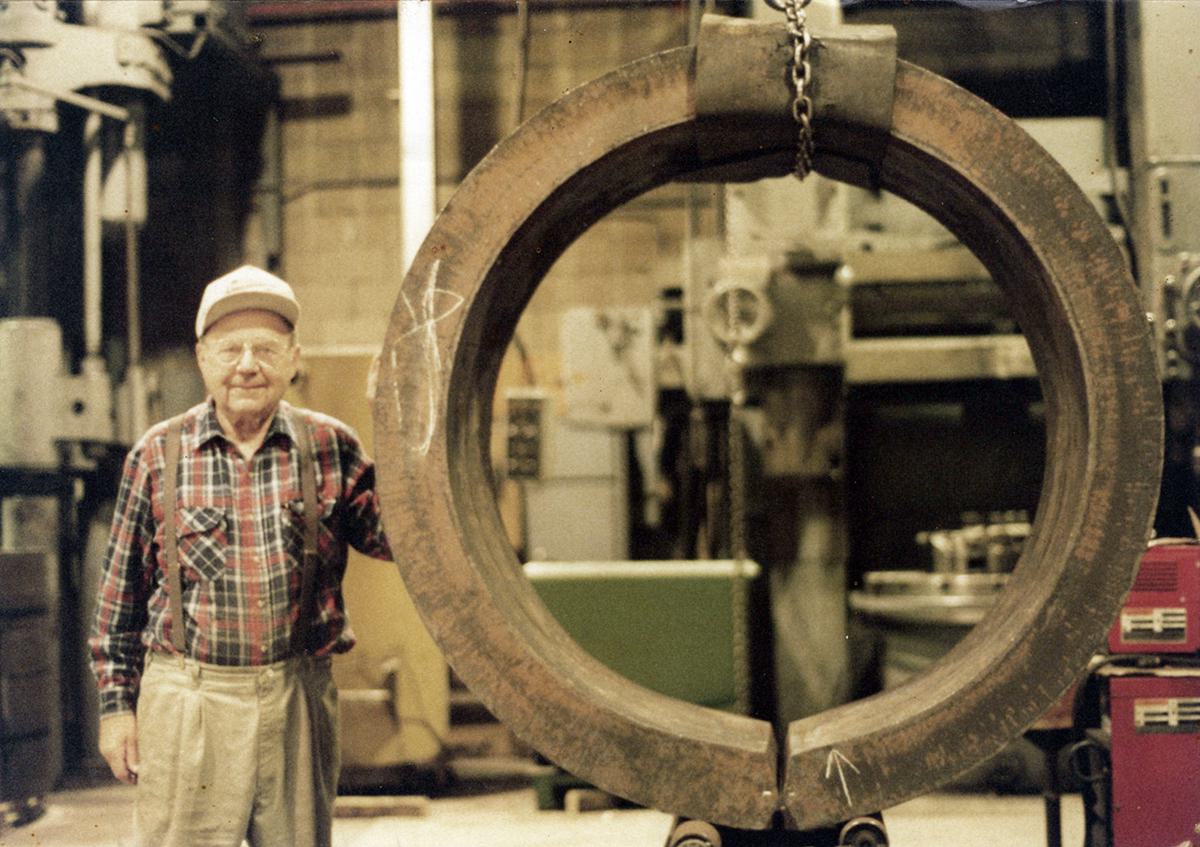
1985: A New Generation Begins and Growth is Rapid
The next generation of Millerbernd ownership begins when Paul passes the torch to his sons Dave and Steve, and their sister, Yvonne. Under their guidance, the manufacturing facility undergoes several expansions in both ring and pole business units, including an entirely new ring fabrication and machining facility. In conjunction, significant investments were made into new technologies, including the addition of several CNC and milling machines and larger hydraulic presses with 3,500 and 5,000 ton capabilities, some of the largest in the nation. These moves further put Millerbernd firmly on the map for prospective customers.
1990s
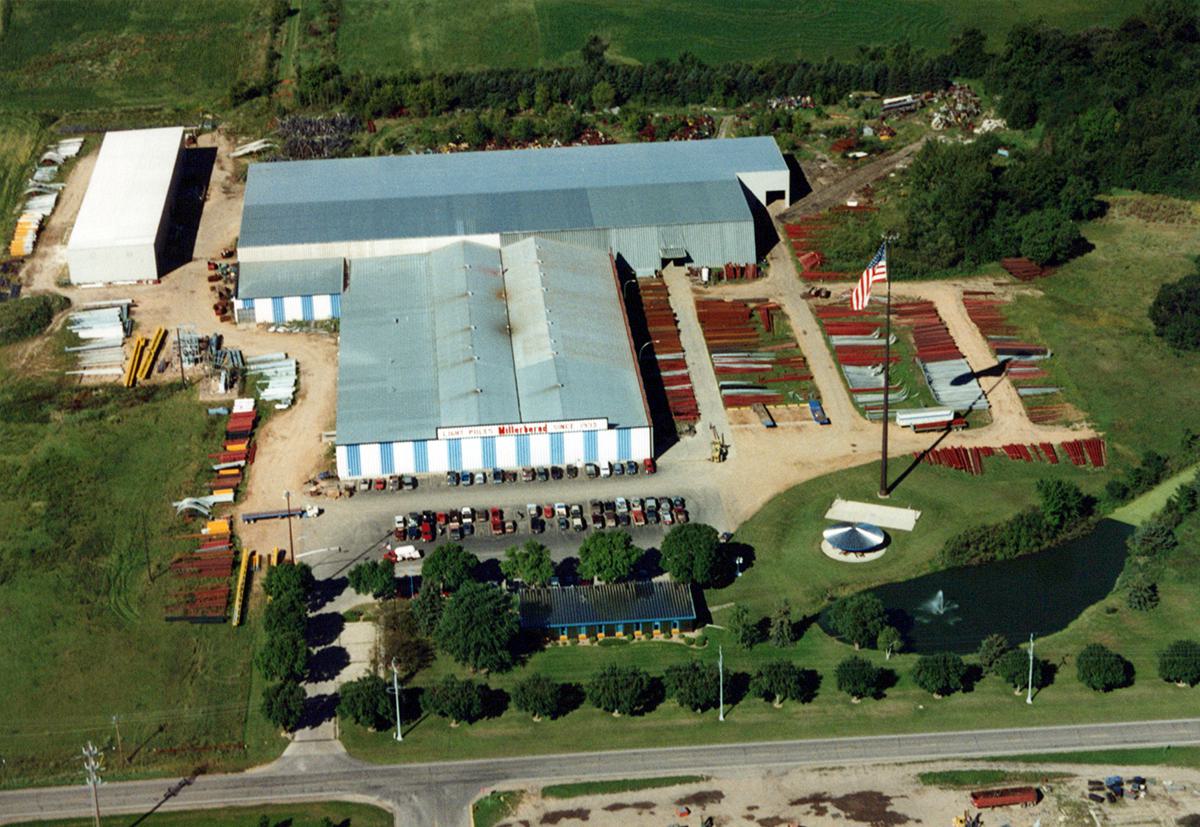
1995: On the Grow, the Expansion Continues
2000s
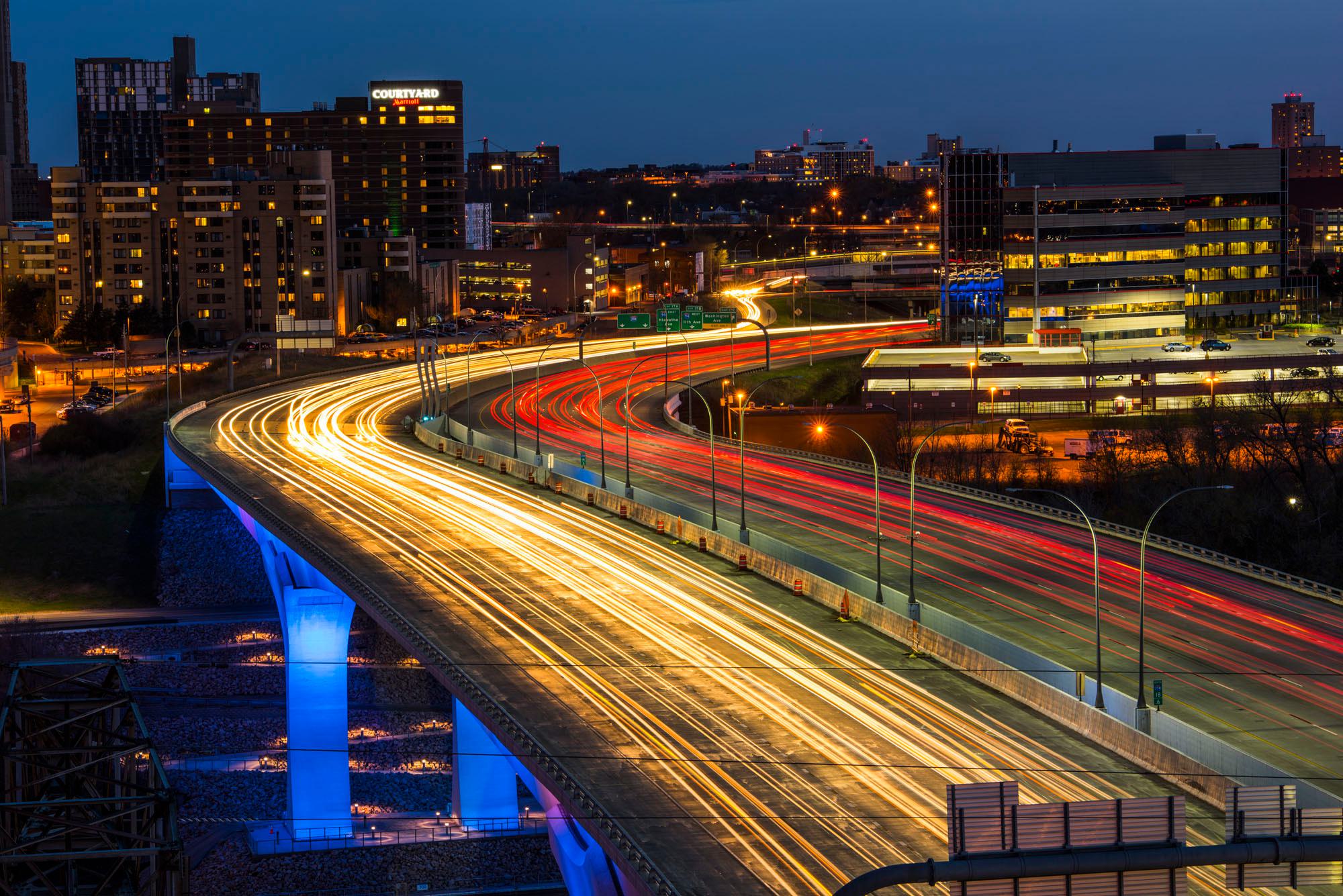
2000s: Third Generation Ownership Further Accelerates Growth
With the company experiencing unprecedented growth, Trevor Millerbernd takes the helm, marking the third generation of ownership. With a clear vision for the company’s potential, Trevor hits the ground running, racking up over 1 million airline miles traveling the country selling the company’s expansive capabilities. His efforts resulted in a manufacturing juggernaut, with Millerbernd expanding its reach for pole products from being DOT-approved in three states to 35.
2010s

2012: Refining the Focus, Becoming DOT Infrastructure Experts
2015: The Circle Grows, More Than Raw Rings and Cylinders
Today
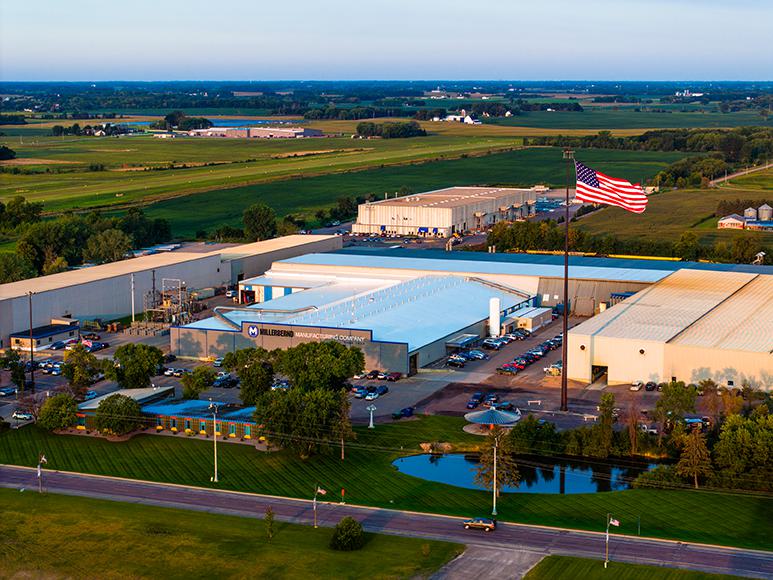
Today: Always Growing a Safe and Secure Company
Under the continued guidance of Trevor Millerbernd and his leadership team, Millerbernd Manufacturing continues to grow with tremendous success. The company’s intense focus and the skill and determination of its people have become key differentiators. As a result, Millerbernd is the recognized global leader in DOT infrastructure, ring and cylinder, and airfield ground lighting solutions.

